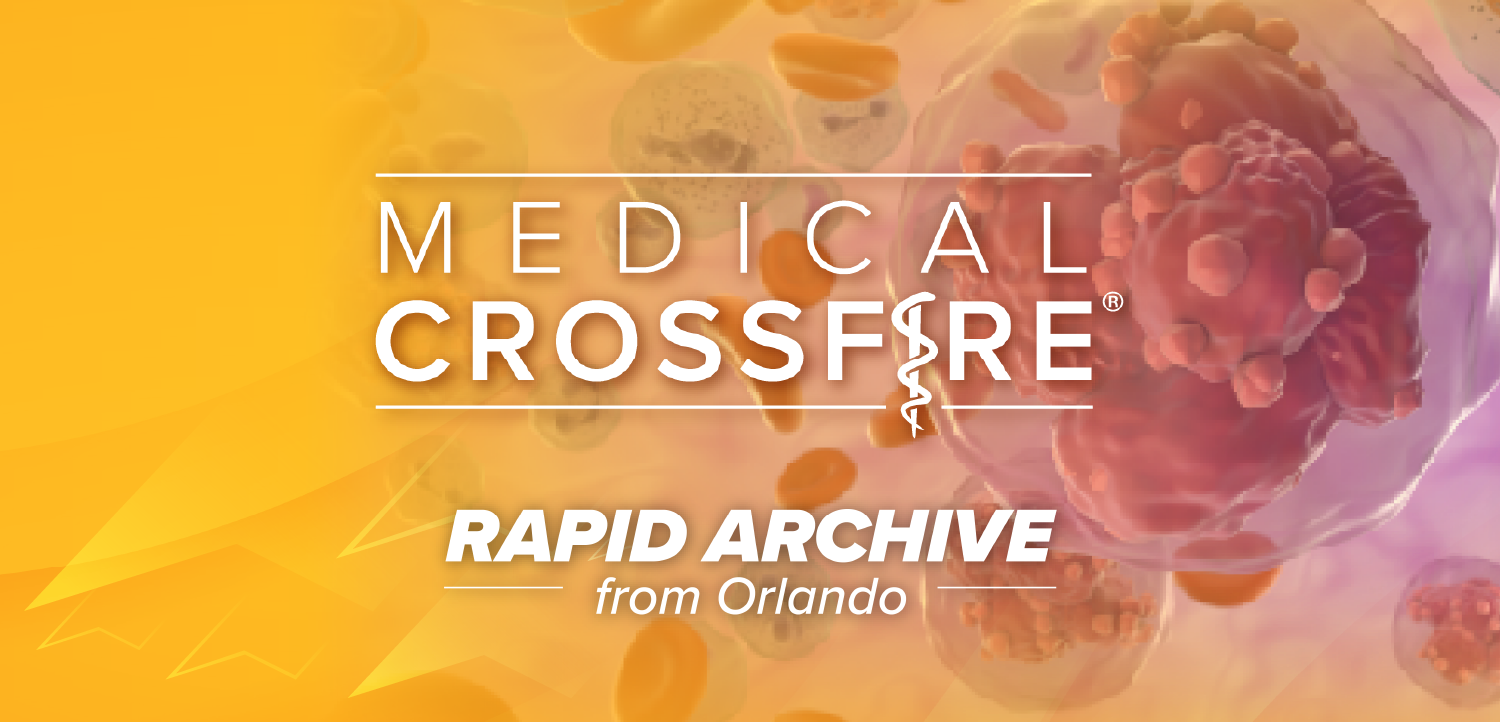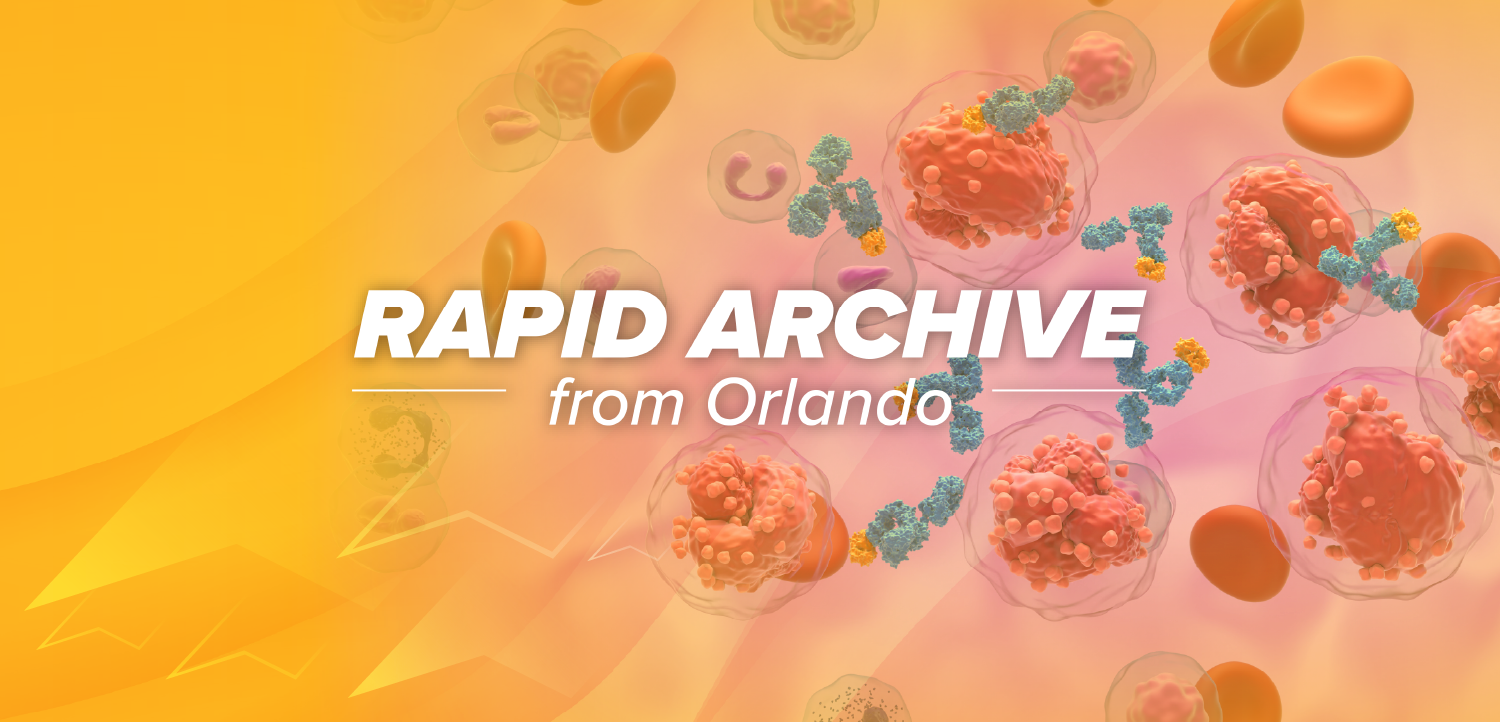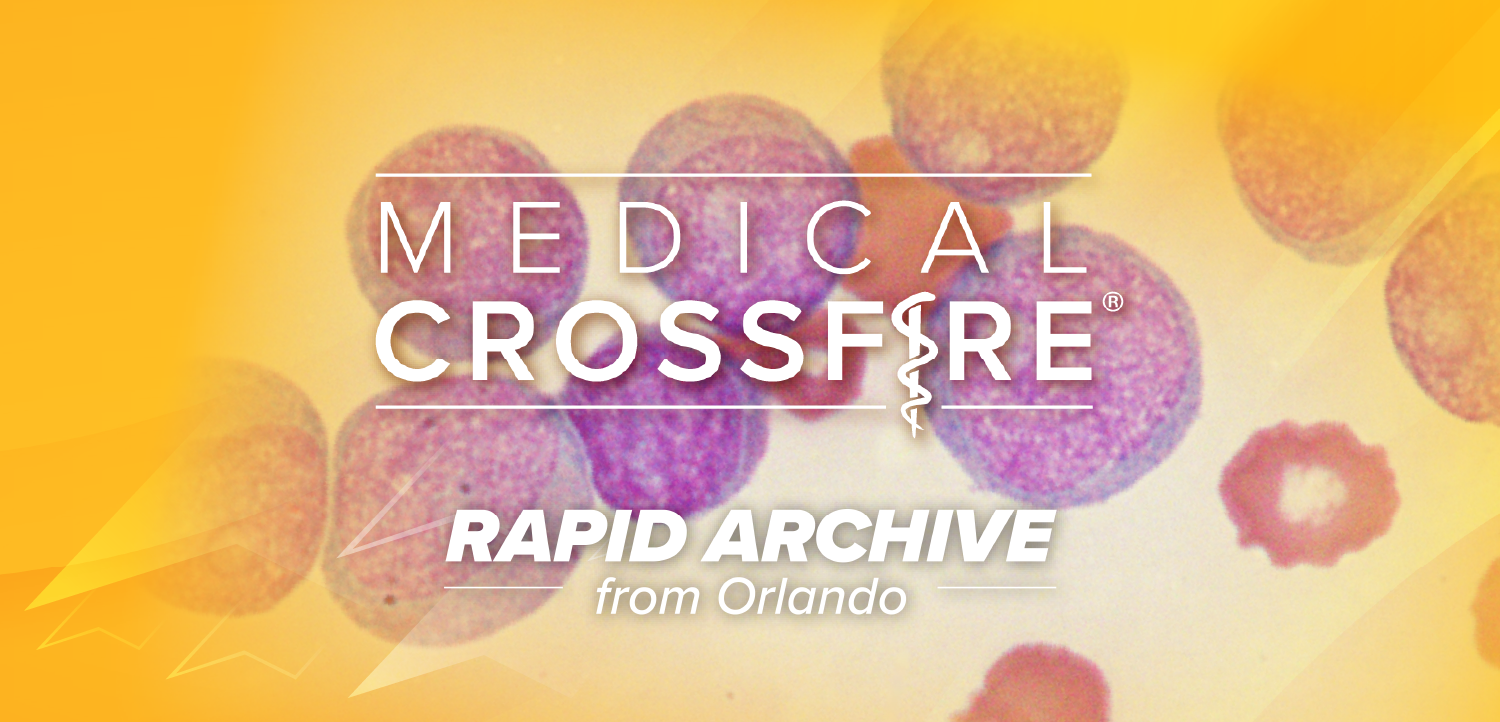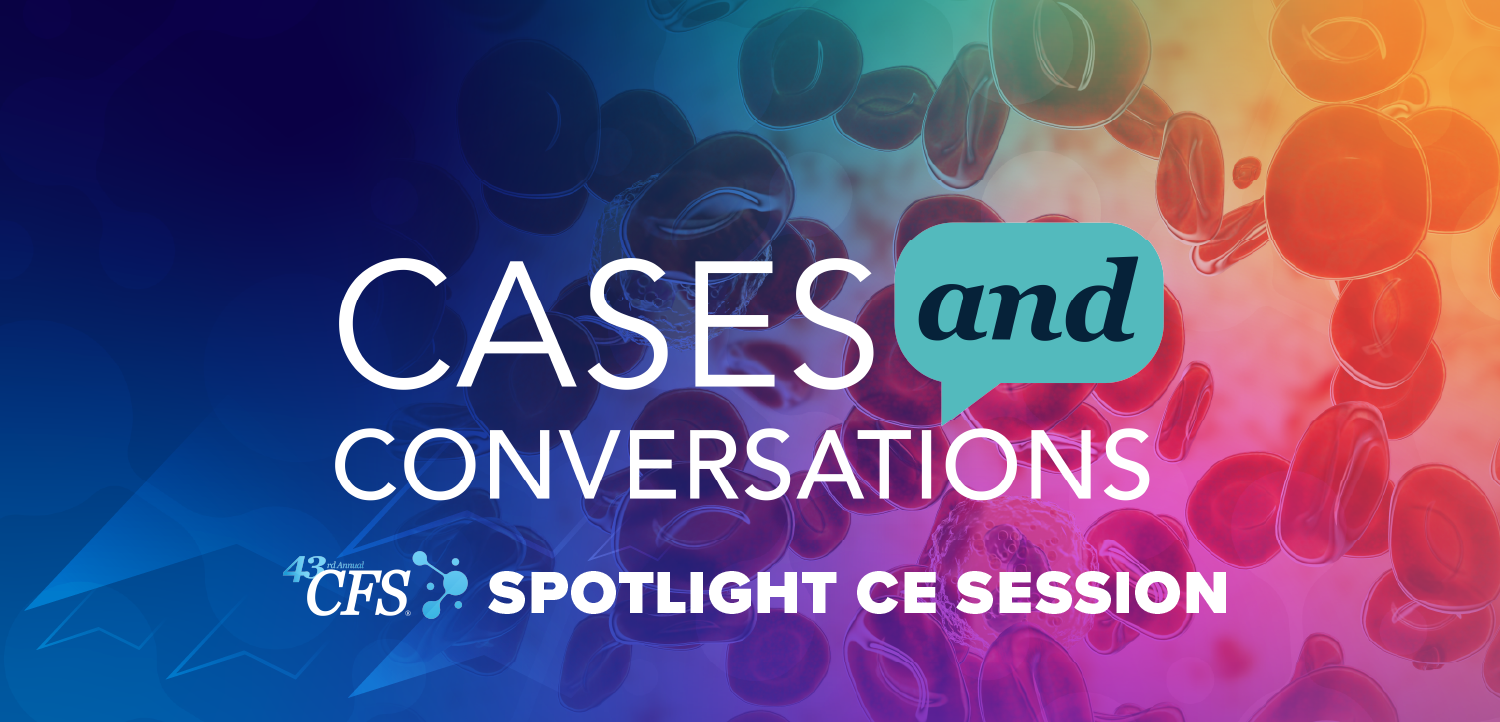
Steve Kanner, PhD, on Caribou’s chRDNA Technology
The chief scientific officer of Caribou Biosciences discussed the company’s platform for genome editing.
“[Hybrid RNA-DNA] technology enables us to maintain very high genome edits on-target, but we do not detect the off-targets within the limits of detection of the assay, in comparison to an all-RNA guide of the same sequence.”
Early efforts in genomic medicine largely saw success with adeno-associated virus vector-based gene therapies, several of which have now been approved by the FDA. Interest in more precise methods of genome modification for therapeutic purposes has continued; however, with CRISPR-based approaches to gene editing being particularly popular. One company currently working on novel CRISPR-based gene editing products is Caribou Biosciences, which originally developed its platform for ex-vivo editing of cell therapy products. Although, more recently, the company has been looking into the potential for in vivo applications of this same platform technology, which it refers to as Cas12a CRISPR hybrid RNA-DNA (chRDNA) genome-editing technology. The company recently presented proof-of-concept data from mouse model work with the platform at
In an interview with CGTLive® held shortly after the close of the conference, Steve Kanner, PhD, the chief scientific officer of Caribou Biosciences, discussed the company’s chRDNA technology and how it works. He explained that in the early research on the use of CRISPR-based technology for genome–editing, it was found that all-RNA guides, which are used by bacteria in nature, carry a substantial risk of off-target effects, which can be dangerous in a mammalian therapeutic context. Caribou, on the other hand, is seeking to overcome this risk with the use of hybrid RNA-DNA guides, which preclinical research were able to achieve on-target edits without producing detectable off-target edits. Kanner also spoke about how lipid nanoparticles (LNPs) were used to transport the chRDNA technology to mice’s liver cells via intravenous infusion in the research presented at ASGCT this year. He concluded by noting that modification of the mice’s liver genes was successfully detected.
REFERENCE
1. Losa-Llabata M, Rajmane P, Stanaway L, et al. Cas12a CRISPR hybrid RNA-DNA (chRDNA)-mediated in vivo genome-editing technology for efficient and functional hepatic gene disruption. Presented at: ASGCT Annual Meeting 2024, May 7-10; Baltimore, Maryland. Abstract #278
Newsletter
Stay at the forefront of cutting-edge science with CGT—your direct line to expert insights, breakthrough data, and real-time coverage of the latest advancements in cell and gene therapy.


































